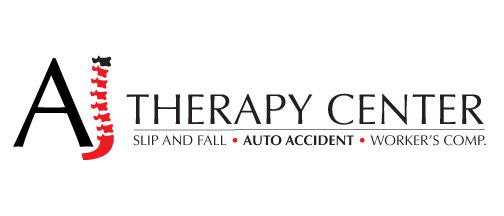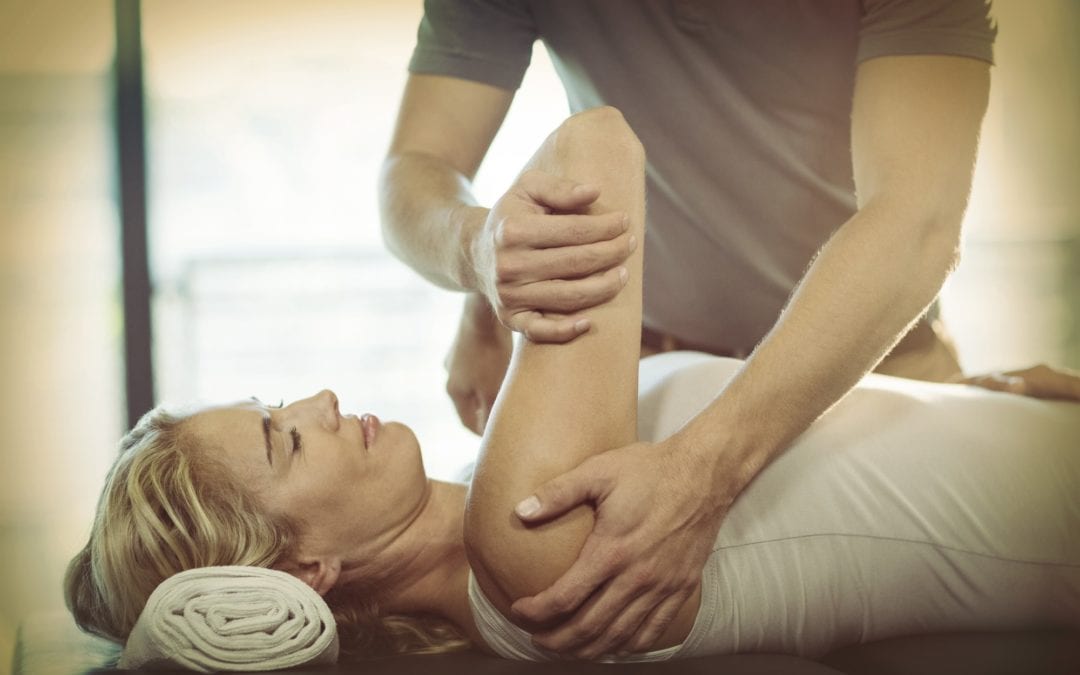
Car Accident
Car crashes in Florida are an all too common occurrence. In 2018, more than 10,000 people were injured in an automobile accident in Pinellas County alone.
It’s vital to seek the right kind of medical attention soon after you’ve been injured in a crash. Depending on your injuries, a trip to the doctor or emergency room may not be enough. For long-term care, a physical therapist that specializes in auto accident treatment may be your best bet.
Read on to find out why it’s so important to look into physical therapy in St. Petersburg after a car accident.
Avoid Surgery
Unless an injury is immediately life-threatening, surgery is usually the last resort. As such, many doctors will recommend that you see a physical therapist before they agree to operate.
Taking a non-invasive treatment approach can reduce your downtime after an accident. But if you do end up requiring surgery, your physical therapist can help speed up your recovery afterward.
Restore Your Range of Motion
Car accidents can cause a lot of injuries that reduce your range of motion. For example, you might find that you can only turn your head to one side after getting whiplash, or that you can no longer lift your arm above your head due to a shoulder injury.
Without treatment, this loss of mobility can be permanent. Physical therapists can help to stretch out your tense muscles and release the tightness of scar tissue so you can go back to moving without limits.
Decrease the Need for Painkillers
Dependency on pain medication is a major worry for some people after getting injured in a car accident. While you shouldn’t be afraid to use medicine to help keep your pain in check while you recover, it’s best to avoid becoming dependent on it.
Physical therapy can help reduce your reliance on narcotics and other painkillers by lowering your pain in natural ways. Aside from exercise, PTs use a range of different pain-reducing treatments. Known as “modalities”, these include massage, ultrasound, paraffin baths, and mechanical traction.
The combination of gentle exercise and modalities that you get at a therapy session can increase strength while reducing pain, tightness, and swelling.
Get Back to Work
Over half of Americans avoid taking time off from work because they can’t financially afford it. If you’re concerned about missing paychecks due to your injury, physical therapy can help you get back to your job as fast as possible.
Your therapist can come up with a plan for work restrictions so you can return to your job but avoid further injury. They’ll then help you focus on regaining your strength and mobility. They may also give you supportive equipment or strategies to help you out at work during your recovery.
Finding Physical Therapy in St. Petersburg, Florida
Don’t wait until your pain is unbearable to get treatment.
If you’re looking for physical therapy in St. Petersburg, Florida, AJ Therapy Center can help. Our bilingual team specializes in treating patients with a variety of auto accident injuries and can get you started on the road to recovery.
Contact us today with any questions and to schedule an evaluation.
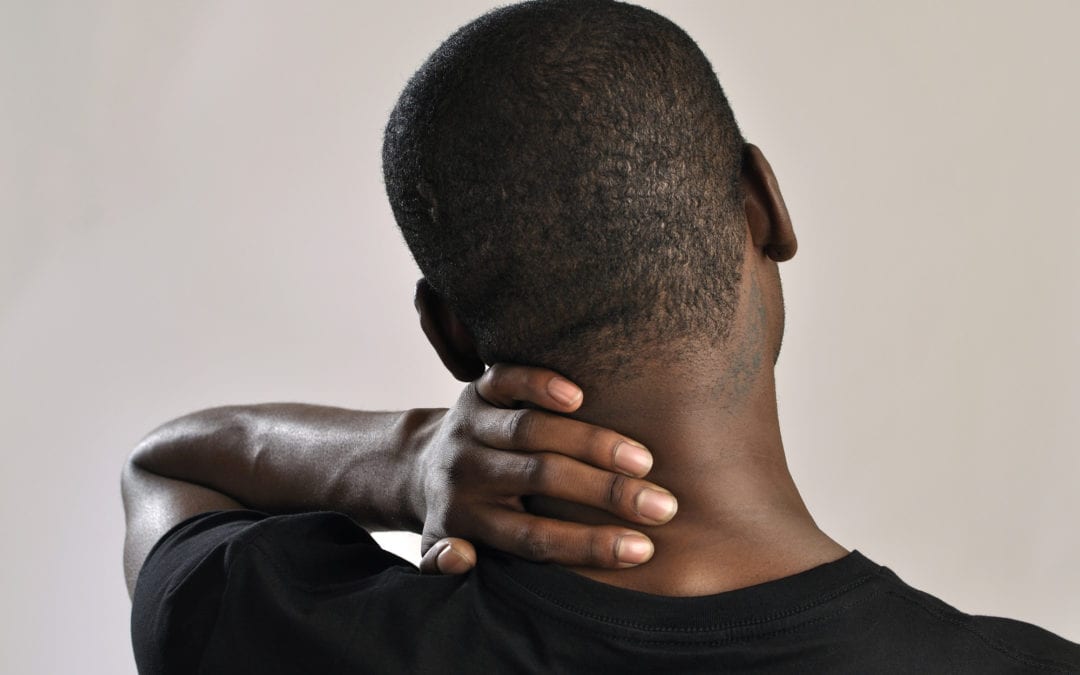
Car Accident
Whiplash can be a painful experience that can result from a number of different incidents, though most commonly is a result of a car accident. What makes whiplash especially difficult is that the symptoms can take a few days to arise, meaning you might not know you have a problem right away.
If you’re recovering from whiplash at home, you might be curious about what steps you can take outside of or after seeing a doctor. You might be surprised to learn that simply resting isn’t actually the best treatment for this kind of injury.
Read on, and we’ll walk you through how to recover from whiplash at home.
Keeping Your Body Active
Whiplash can have you feeling sore, stiff, and uncomfortable. But keeping your body inactive and in bed can actually worsen these symptoms instead of improving them.
Keeping your body doesn’t mean you should go out and do extreme physical activity following your injury, but it does mean you need to help keep your body in some form of motion.
If you’ve visited a physical therapist, they’ve likely recommended or taught you a few exercises you can do safely in the comfort of your own home. These exercises are intended to help you overcome body stiffness, as well as build up neck strength and support that may have been weakened in the injury.
A physical therapist can help walk you through these exercises in a safe manner so that you don’t injure yourself further.
Don’t Stay in One Position
One habit we get into that can actually worsen whiplash symptoms is by putting a strain on particular muscles. Staying in one position over a long period of time is a simple way of doing this.
That’s why it can be a good idea to try and move around and switch positions frequently throughout the day. If you have to work while recovering, try to stay somewhat active. Consider taking a walk to a coworker’s desk to chat every so often, or switch between working while standing and sitting.
This can help to give your muscles a break and distributes stress between them more equally.
Apply Ice or Heat
If you’re feeling a lot of pain due to your whiplash injury, applying hot or cold compresses might provide some relief. Applying ice in the days immediately following the injury can help to keep swelling down and numb pain.
Following the immediate aftermath of the incident, switching between cold and hot compresses can help mitigate the pain one might feel. Combining this with safe usage of over-the-counter pain medication like Advil can make your recovery process more manageable.
Always talk to a medical practitioner before taking medication.
How To Recover From Whiplash At Home
If you’ve recently been in an accident, knowing how to recover from whiplash could be very helpful for your day-to-day comfort. Following the above tips should help mitigate pain and get you back on the road to recovery.
Need more help? Contact us anytime for a free consultation.
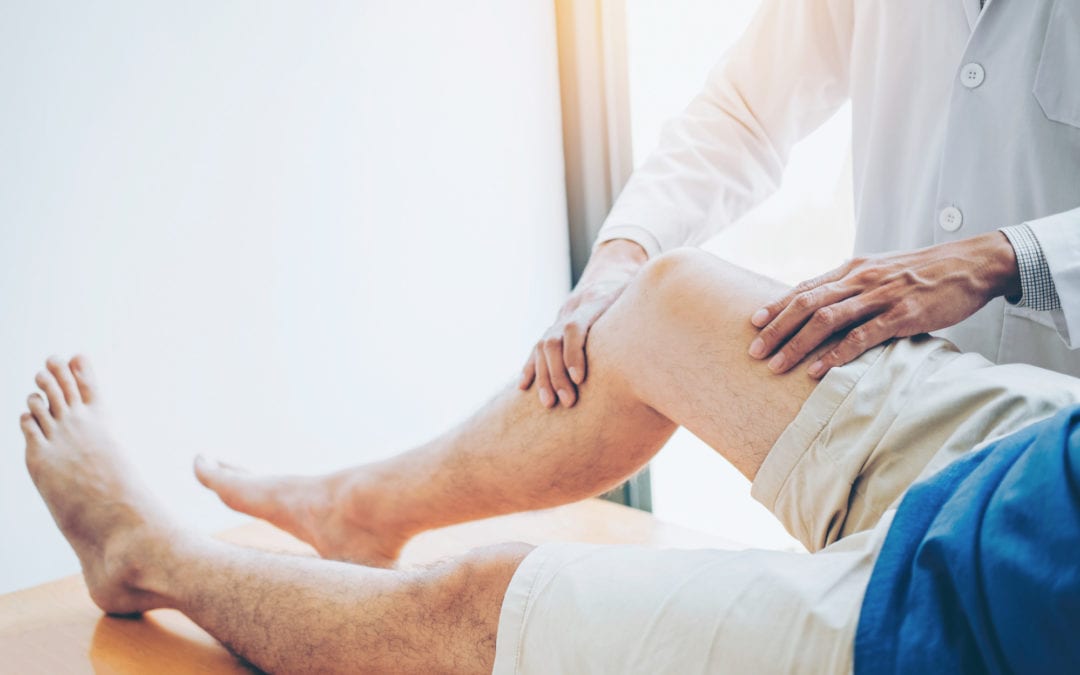
Car Accident
With over 17 million drivers on the road in Florida, there are a lot of opportunities to end up in a car accident. In 2016 alone, 254,155 drivers and passengers were injured in auto crashes throughout the Sunshine State.
Injuries from car accidents can’t always be fixed with an operation or a quick trip to the doctor. Some conditions, like whiplash, can have long-lasting effects and should be treated by a licensed physical therapist.
Read on to find out why physical therapy in Tampa is beneficial after an accident.
Speed Up Your Recovery
Many of us think that the best way to recover from an injury is to get lots of rest. While that’s true to a point, too much rest can actually slow down your recovery.
After the first couple of days, it’s important to start moving again — in the right way. Therapy allows you to get back on your feet in a safe, controlled environment so you don’t do too much too soon.
Physical therapists have an arsenal of gentle exercises and other treatments to choose from. These can help you regain lost range of motion, increase strength, decrease pain, and heal faster.
Prevent Further Injury
If you go right back to normal activity after your injury, you’re at risk of causing even more damage.
After a soft tissue injury of any sort, your muscles, tendons, ligaments, and connective tissues will be weakened until they heal. This weakness can contribute to the development of a new injury, sometimes in a different (but related) location.
For example, if your hip was injured in the collision, you might start to walk differently to compensate for the pain and weakness. This misalignment and change in gait can lead to pain in your knees, ankle, and back.
A physical therapist will identify your weakened areas and give you a specific exercise plan to strengthen them. The exercises are designed to help you heal and protect you from further harm.
Catch Injuries That Are Hiding
Car accidents can cause a lot of trauma that isn’t apparent right at first. Symptoms of concussions, back injuries, whiplash, and nerve damage may take hours or days to appear.
If you start to experience these symptoms up to a couple of weeks after your accident, it may be due to hidden injuries:
- Headaches
- Neck pain and shoulder tension
- Numbness or tingling in limbs
- Back pain
- Dizziness
- Irritability or fatigue
Don’t ignore these symptoms, as they could be signs of a more serious injury. If you start to feel like there’s more going on than meets the eye, ask a physical therapist about it. They can identify and treat hidden injuries to help you start feeling normal again.
Getting Physical Therapy in Tampa, Florida
If you’re looking for car accident-focused physical therapy in Tampa, see Dr. Cruz at AJ Therapy Center. He and the rest of the bilingual team at AJ Center know how to identify and care for the long-term effects of an auto crash.
Don’t wait and hope that your pain will go away on its own. Put your health first and contact us today to schedule an evaluation.

Car Accident
Why do people exercise?
It seems like such an obvious question, but it doesn’t mean everyone has the same reasons for working out.
Think actors who get ripped for a role. Or basketball players who do strength training to improve their performance on the court.
And then there are regular folks who need to do it for health reasons. Maybe their doctors prescribed it for disease management or as part of a recovery plan.
The last bit is where therapeutic exercise comes in. That said, let’s discuss what therapeutic exercises are, as well as their benefits. We’ll also talk a bit about what you can expect from a therapeutic physical therapy session.
What Is Therapeutic Exercise?
You can join a class, hire a trainer, or work out on your own if you want to incorporate regular exercise in your routine.
But with therapeutic exercise, you’ll need to consult a physical therapist (PT). Your PT will recommend a plan or program based on your specific rehabilitation needs. And this will include a range of activities or exercises that will help you recover from your injury.
This is one of the reasons why it’s not advisable for anyone to do therapeutic exercises alone. Without a PT’s supervision, you could injure yourself further. And you may not be able to do some of the activities without help.
Benefits of Therapeutic Exercise
Therapeutic exercises can help injured athletes, as well as those who’ve been in an accident. They’re also helpful to people who have recently undergone surgery, stroke patients, and so on.
But the primary goal of any therapeutic exercise program is to reduce pain and inflammation. After addressing that, the goals could shift to improving a patients range of motion or rebuilding strength. It could also aim for injury prevention, improving cardiovascular and pulmonary function, and so on.
All throughout the process, your PT will track your progress. And if needed, he or she will make changes to your therapeutic exercise plan.
Consulting a Physical Therapist
A good PT will take your medical history and check your current physical condition and capabilities. He or she will then come up with a treatment plan based on that initial assessment. And this will include the right blend of therapeutic exercises that will help restore the function/s you’ve lost.
Some examples of these therapeutic exercises include strength training, ROM (range of motion) exercises, balance and coordination activities, and so on. It’s important that you do these exercises as instructed so you can get back to your level of activity before your injury.
Looking for a PT in Tampa or St. Petersburg?
You’ve come to the right place. We have 3 convenient locations in Tampa and St. Petersburg and we’re just a call away.
If you have any questions about therapeutic exercise, pain and injury treatment, recovering after an auto accident, and so on, don’t hesitate to call (813) 644-7232. You can also email us at [email protected].
For more health and wellness tips and advice, we have tons of articles you’d enjoy reading. Check out 5 exercises to improve shoulder mobility or 7 common knee injuries and how to treat them.

Car Accident
Wondering how to improve circulation in your body?
Trying to discover the best ways to increase circulation and blood flow?
If you want to improve your overall health, then it’s important that you have adequate blood circulation. Poor circulation can occur due to many underlying problems including obesity, diabetes, and heart conditions and can lead to symptoms such as pain, numbness, and muscle cramps.
Great blood circulation, on the other hand, can allow more oxygen to reach your organs, improve cell growth, give you healthier skin, and improve your overall wellbeing.
If you’re experiencing poor blood circulation and movement in your body, we’re here to help. Below we’ll tell you how to improve blood circulation in your body.
1. Start Exercising
One of the best ways to improve blood circulation is to start exercising regularly.
Any exercise that makes your heart beat faster can be helpful for improving blood circulation. This means that cardio exercises such as running, jogging, and walking, will be some of the most beneficial. However, other exercises can help as well.
You should aim to create a regular exercise routine if you want to increase your blood circulation and movement as well as experience a variety of other health benefits.
2. Take a Shower
Taking a shower can also improve blood circulation as well. This is especially true when you alternate between both warm and cold water during your shower since both temperatures can affect the blood in your body.
Warm water can bring the blood closer to your skin while cold water can help send it to your body’s organs. Switching from hot to cold hot again will allow you to get your circulation up and your blood flowing.
3. Get a Massage
In addition to helping you relax and feeling great, a massage can also help to improve your overall health and increase blood circulation. Physical therapy services will often include massage as part of a treatment plan to improve circulation in the body
The gentle movements and pressure of a massage can help to get your blood flowing and oxygen your muscles while reducing lactic acid. It’s a great idea to have a massage session if you want to start experiencing increased blood flow and better circulation.
4. Try Deep Breathing Techniques
Focusing on your breath for an extended amount of time and using deep breathing techniques can also be very beneficial for improving circulation. Breathing deeply throughout the day can help you to feel more relaxed and can also reduce blood pressure and help you keep your heart rate regulated.
If you want to learn to start breathing more deeply, it can also be a great idea to add a regular yoga or meditation practice into your week.
5. Change Your Diet
It should come as no surprise that diet affects your body’s circulation to a large extent as well. Because of this, eating healthier is essential if you have poor circulation and want to improve it.
One of the best things you can add to your diet is fish, which contains helpful Omega-3 fatty acids. Leafy greens, spicy foods, and green tea can also be beneficial for improving circulation and blood flow as well.
Understanding How to Improve Circulation and Movement
If you’re wondering how to improve circulation in your body then you should consider using some of the methods listed above. By using some of these techniques you’ll be able to increase your blood circulation while also strengthening your overall health.
Looking for more ways to improve your body and increase blood circulation? Click here to schedule an appointment with AJ Therapy Center now and to learn more about how we can help.
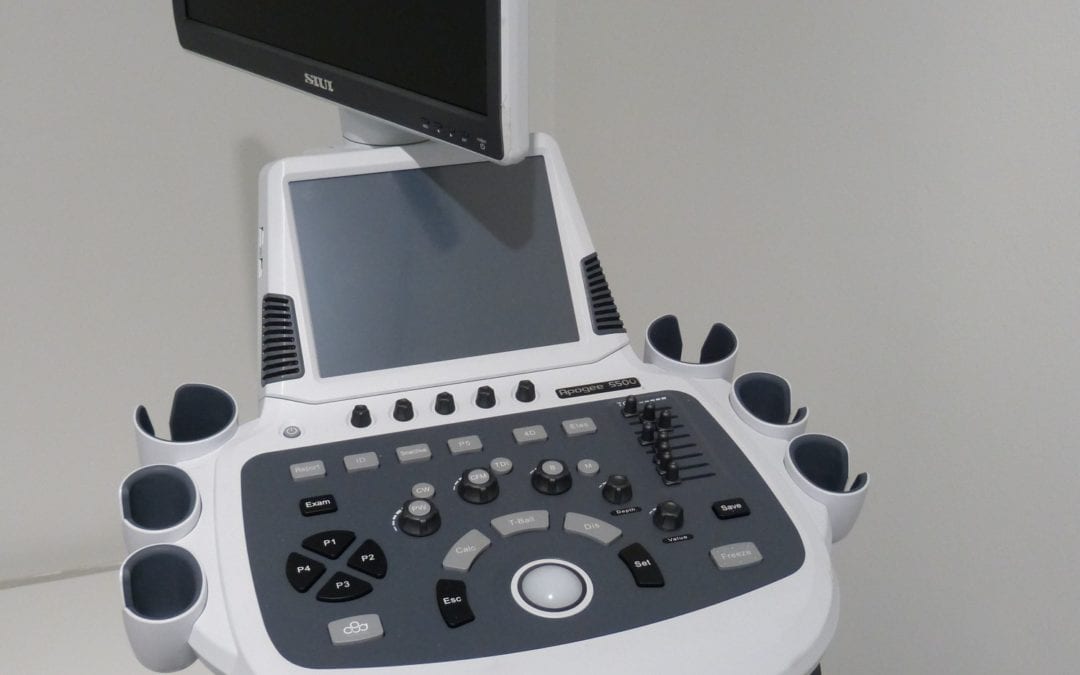
Car Accident
Shoulder pain is the third most common musculoskeletal ailment. Cold, or Frozen Shoulder, is a condition in which the shoulder freezes up and movement becomes restricted.
Orthopedic specialists treating Cold Shoulder may sometimes prescribe ultrasound physical therapy as part of the rehabilitation procedure to increase mobility in the shoulder.
If you’re suffering from Cold Shoulder, keep reading to see if ultrasound therapy might work for you.
What Causes Cold Shoulder?
It’s unclear exactly what causes Cold Shoulder, but it is most often seen in patients recovering from a procedure or injury that limits the ability to move over an extended period of time.
It’s also more likely to occur in stroke victims, people suffering from diabetes, and in women during pregnancy.
Cold Shoulder generally starts slowly and worsens over time. Stiffness and pain in the shoulder joint gradually increase. Left untreated, the condition usually resolves itself naturally over a period of up to three years.
How Does Ultrasound Therapy Work?
Ultrasound therapy is a treatment used in orthopedic injuries, including Cold Shoulder. Sound waves are transmitted to the body. Using an ultrasound therapy machine, a qualified physical therapist applies vibrating circular motions to the affected area. The machine’s settings can be changed to adjust the depth and intensity.
The theory is that during application, sound waves entering the damaged body tissues increase blood flow.
Both processes target muscles, tendons, joints, and ligaments. The process is believed to be therapeutic, enhancing healing and decreasing pain.
Ultrasound physical therapy should be used alongside an exercise program, and not as the primary treatment.
Deep Heating Effects vs Non-Thermal Effects
Physical therapy ultrasound is used in two different ways. Both use sound waves.
Deep heating effects use continuous sound waves to loosen tight muscles and tendons. With Cold Shoulder, ultrasound improves the ability of the shoulder to stretch. Improved blood circulation is believed to quicken the healing process by reducing pain and increasing flexibility and range of motion.
Non-thermal effects send sound waves in pulses, as opposed to continuous waves. Ultrasound introduces energy to the body. In a process called Cavitation, tiny gas bubbles around the affected tissues rapidly expand and contract.
Cavitation is believed to speed up cellular processes and improve the healing of damaged tissue.
Your therapist will work with you to decide which will be the most effective therapy for your particular situation.
When Not to Use Ultrasound Physical Therapy
It is advisable not to apply therapeutic ultrasound if any of the following conditions exist.
- open wounds
- metal implants
- a pacemaker
- during pregnancy
- bone damage
- cancerous cells
Doubts About The Benefits of Ultrasound Physical Therapy
Some doubt exists in the medical community over the benefits of ultrasound therapy. Studies exist that show little to no physical improvement.
If after a few treatments you feel that this is true for you, it’s important to let your therapist know.
Pain-Free and Mobile
Opinions over ultrasound physical therapy vary. But it may still be well worth trying in cases of restricted mobility.
Your physician or therapist will work with you to decide which form of treatment is most suitable.
At AJ Therapy Center, we specialize in the treatment of pain and injury. Rather than searching online for “physical therapy near me,” make an appointment or drop by in person at one of our 3 Tampa and St. Petersburg locations.
We specialize in quality physical therapy in Tampa and the St. Petersburg area. Our goal is for you to leave here pain-free and with full mobility.

